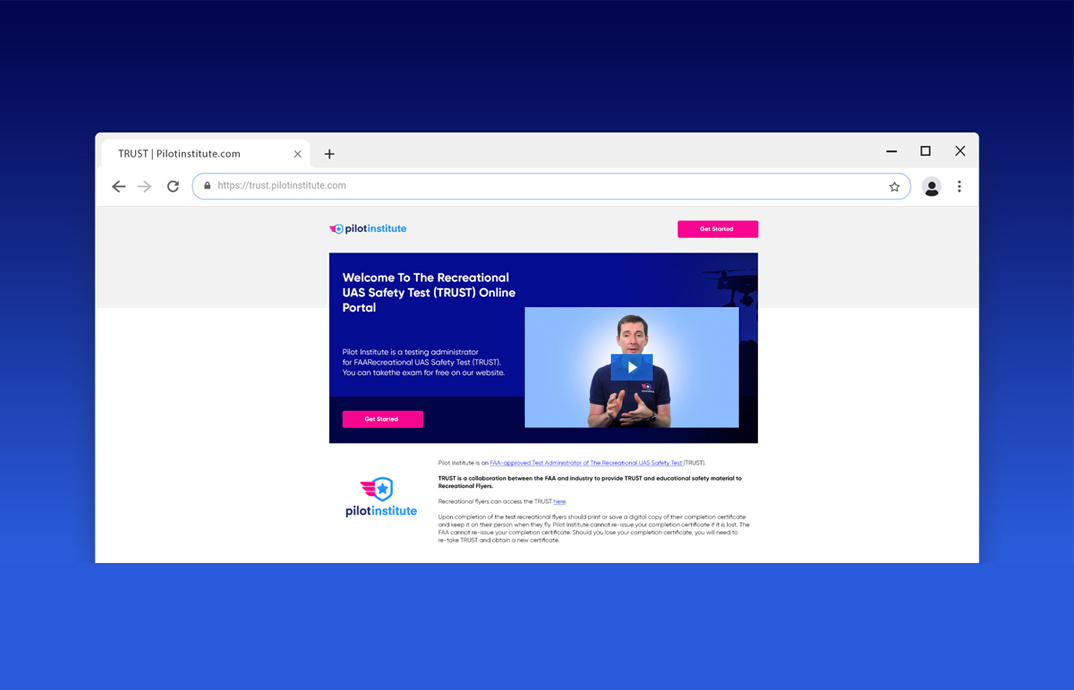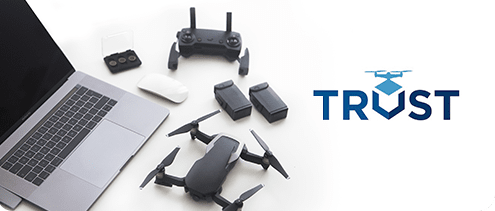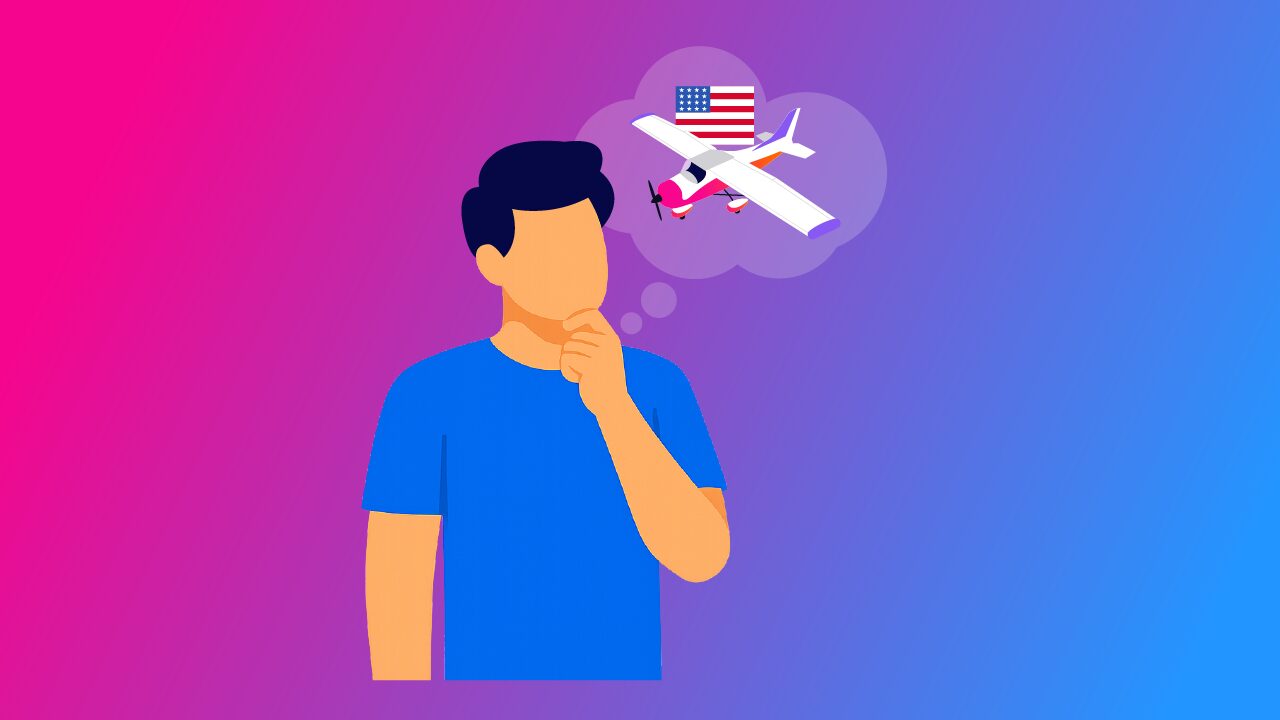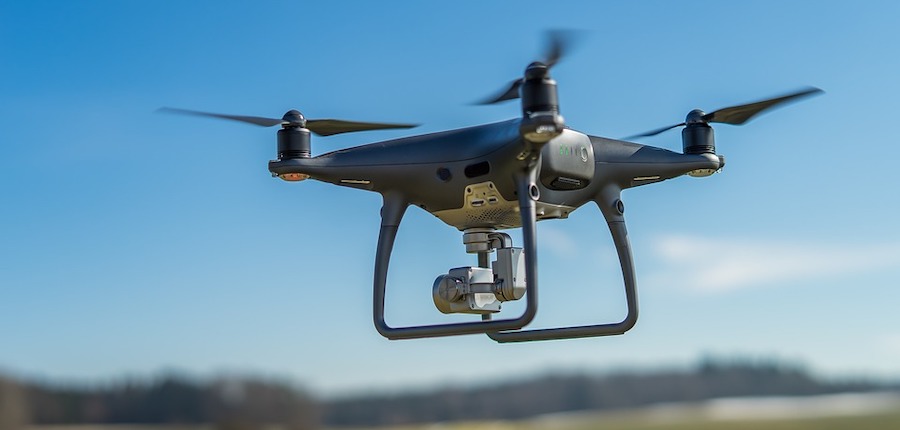Recreational drone pilots are now required to take “The Recreational UAS Safety Test” or TRUST before they can start flying drones for fun. The objective of TRUST is to educate drone pilots about basic safety practices and aviation concepts. Hopefully, this will reduce the frequency of drone-related accidents.
The TRUST test takes only about 30 minutes maximum. There is also literally no way for you to fail the test. You can take the TRUST right here at Pilot Institute. If you’re still not convinced that this is worth your time, here’s a quick overview of what you can learn by taking the test.
Basic flight rules according to Section 44809
The most important piece of legislation for recreational drone pilots is Section 44809 or the “Exception for the limited recreational operations of unmanned aircraft.” Passed in May 2019, this supersedes all other laws that were implemented prior to regulate recreational drone flight.
The requirement to take the TRUST test is only part of Section 44809. If you’re flying recreationally, then you need to know these flight restrictions and rules to make sure that you’re not violating any laws.
Registration and documentation requirements
Does your drone need to be registered with the FAA? This is one of the questions you need to ask yourself before you go and fly your drone for the first time. You will also need to be ready with certain documents should you be approached by an FAA representative or a law enforcer while flying your drone, even if just for fun.
Airspace restrictions
Airspace safety is one of the primary goals of TRUST. With the number of drones operated in US airspace, drone flight has to be regulated to ensure that they do not get into accidents with manned aircraft.
After taking the TRUST, you should be able to distinguish between uncontrolled and controlled airspace. In the case of controlled airspace, you need to know where to look them up to get information about their specific restrictions as well as their shapes and sizes.
There may also be times when airspace is restricted due to special circumstances, such as crowded events or the presence of the US President. As a drone pilot, it is your responsibility to check for information on restricted airspace before launching your drone.
The good news is that there are provisions in place to allow drone pilots to fly in controlled airspace subject to FAA approval. How you can go through this process is covered during the TRUST test.
Pre-flight preparation
The best way to avoid accidents is to prepare before a drone flight. Preparation in this context here involves more than just checking your drone. There are three elements to be considered here – your drone, yourself, and the environment.
Checking if your drone is in good working condition is the easy part. However, assessing your physical and mental state is a task that requires abject awareness. Factors such as stress and fatigue can compromise your ability to make critical decisions during drone operations. It is also not safe to fly a drone if you are under the influence of alcohol or drugs.
Environmental awareness must also be present prior to drone flight. This includes checking weather conditions with due consideration of factors such as humidity, temperature, and visibility. The drone pilot must also take note of nearby structures that can pose hazards.
Flying within visual line of sight
One of the most effective safety measures in drone flight is the requirement to fly it within the range of visual line of sight. This means that the drone pilot must always be able to the location and attitude of the drone. Keeping an eye on the drone provides the drone pilot with an unparalleled level of environmental awareness, as they can also scan their surroundings for potential hazards.
If maintaining visual line of sight is not possible for the drone pilot, then the role must be fulfilled by a visual observer. The proper protocol for a visual observer and the hazards that they should be looking out for is covered by the TRUST test.
Community-Based Organizations
Community-Based Organizations (CBOs) play an essential role in recreational drone flight as defined by Section 44809. CBOs are given the authority to implement additional safety guidelines on top of what has already been defined by the FAA rules. They can also provide support to their members in the form of training or community advice.
Recreational drone pilots are highly encouraged to join a local CBO. Not only are CBOs great avenues for learning best practices but can also host fun community events for their members. In exchanges, CBOs gain a few privileges such as being able to apply for FAA-Recognized Identification Areas (FRIAs).
Knowledge of how your drone works
A section of TRUST is dedicated to discussing the technology behind how a drone works. One drawback of drones being so user-friendly is that someone can fly them without ever knowing about aerodynamics, sensors, or transmission technology. Through TRUST, the FAA aims to develop this knowledge as another layer of flight safety.
Modern drones come with a suite of automated features, whether it’s for maintaining a stable hover or for tracking a moving subject. TRUST emphasizes the danger of relying too much on these automated features. A good drone pilot should be able to control their drone even when these features fail. As such, TRUST recommends doing a number of practice flights before taking on a full-on operation.
Final thoughts
The TRUST test is the latest effort of the FAA to make drone flight safer for everyone – the drone pilots, manned aircraft, and spectators alike. The strategy here is education. By equipping recreational drone pilots with the essential knowledge, the FAA hopes to reduce the number of drone crashes and near-miss incidents with manned aircraft.
The TRUST test is very quick and easy and is quite dense with knowledge. What we have written here is just an overview of what you can learn – you still need to take the test to gain the proper level of proficiency. Take the TRUST here.




